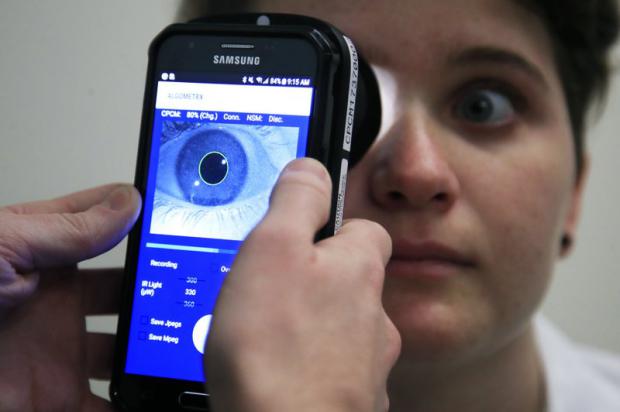
Breaking News
 The Silver Price Signal Everyone Is Missing | Mike Maloney & Alan Hibbard
The Silver Price Signal Everyone Is Missing | Mike Maloney & Alan Hibbard
 House Democrat introduces impeachment articles against RFK Jr
House Democrat introduces impeachment articles against RFK Jr
 Home sellers are giving up at 'unusually high rate,' says new Realtor report
Home sellers are giving up at 'unusually high rate,' says new Realtor report
 Gen X is ungovernable. Forged by childhood experiences, freedom was intergrated into our DNA.
Gen X is ungovernable. Forged by childhood experiences, freedom was intergrated into our DNA.
Top Tech News
 Build a Greenhouse HEATER that Lasts 10-15 DAYS!
Build a Greenhouse HEATER that Lasts 10-15 DAYS!
 Look at the genius idea he came up with using this tank that nobody wanted
Look at the genius idea he came up with using this tank that nobody wanted
 Latest Comet 3I Atlas Anomolies Like the Impossible 600,000 Mile Long Sunward Tail
Latest Comet 3I Atlas Anomolies Like the Impossible 600,000 Mile Long Sunward Tail
 Tesla Just Opened Its Biggest Supercharger Station Ever--And It's Powered By Solar And Batteries
Tesla Just Opened Its Biggest Supercharger Station Ever--And It's Powered By Solar And Batteries
 Your body already knows how to regrow limbs. We just haven't figured out how to turn it on yet.
Your body already knows how to regrow limbs. We just haven't figured out how to turn it on yet.
 We've wiretapped the gut-brain hotline to decode signals driving disease
We've wiretapped the gut-brain hotline to decode signals driving disease
 3D-printable concrete alternative hardens in three days, not four weeks
3D-printable concrete alternative hardens in three days, not four weeks
 Could satellite-beaming planes and airships make SpaceX's Starlink obsolete?
Could satellite-beaming planes and airships make SpaceX's Starlink obsolete?
No stethoscope for pain: Scientists seek real way to measure

WASHINGTON (AP) — Is the pain stabbing or burning? On a scale from 1 to 10, is it a 6 or an 8?
Over and over, 17-year-old Sarah Taylor struggled to make doctors understand her sometimes debilitating levels of pain, first from joint-damaging childhood arthritis and then from fibromyalgia.
"It's really hard when people can't see how much pain you're in, because they have to take your word on it and sometimes, they don't quite believe you," she said.
Now scientists are peeking into Sarah's eyes to track how her pupils react when she's hurting and when she's not — part of a quest to develop the first objective way to measure pain.
"If we can't measure pain, we can't fix it," said Dr. Julia Finkel, a pediatric anesthesiologist at Children's National Medical Center in Washington, who invented the experimental eye-tracking device.
At just about every doctor's visit you'll get your temperature, heart rate and blood pressure measured. But there's no stethoscope for pain. Patients must convey how bad it is using that 10-point scale or emoji-style charts that show faces turning from smiles to frowns.
That's problematic for lots of reasons. Doctors and nurses have to guess at babies' pain by their cries and squirms, for example. The aching that one person rates a 7 might be a 4 to someone who's more used to serious pain or genetically more tolerant. Patient-to-patient variability makes it hard to test if potential new painkillers really work.
Nor do self-ratings determine what kind of pain someone has — one reason for trial-and-error treatment. Are opioids necessary? Or is the pain, like Sarah's, better suited to nerve-targeting medicines?
"It's very frustrating to be in pain and you have to wait like six weeks, two months, to see if the drug's working," said Sarah, who uses a combination of medications, acupuncture and lots of exercise to counter her pain.

 First totally synthetic human brain model has been realized
First totally synthetic human brain model has been realized Mach-23 potato gun to shoot satellites into space
Mach-23 potato gun to shoot satellites into space

